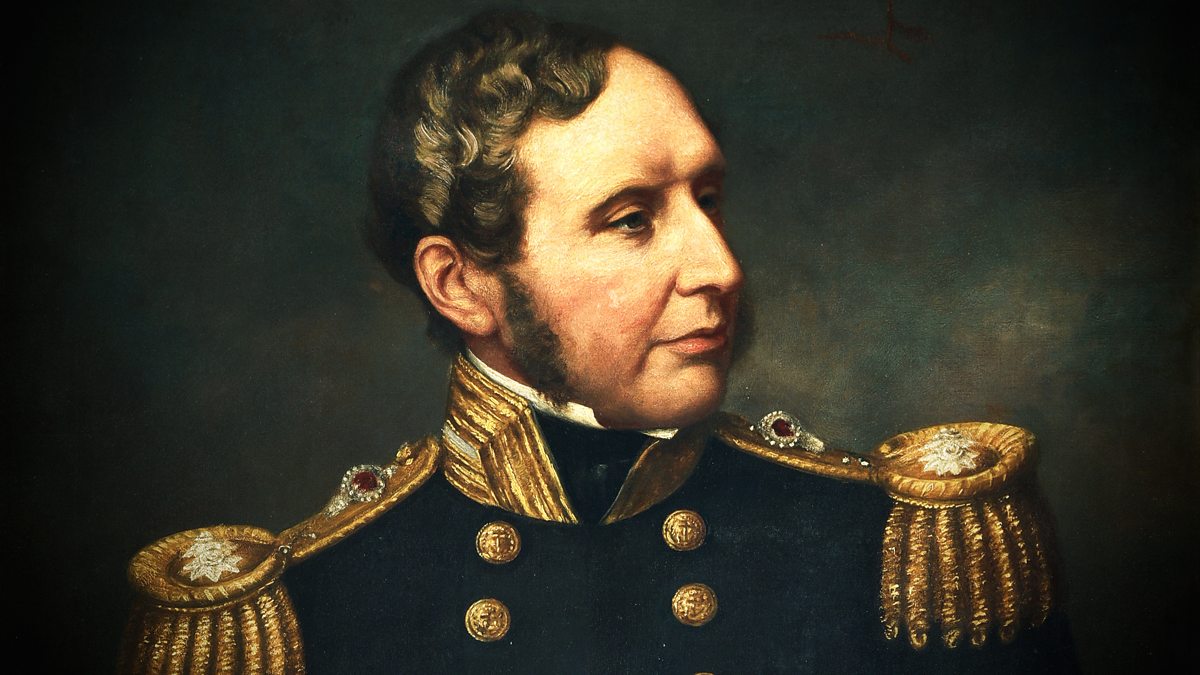Robert FitzRoy was a British naval commander, meteorologist, and governor of New Zealand from 1843 to 1846. He was born on 5 July 1805 at Ampton Hall in Bury St. Edmunds, Suffolk, England and died on 30 April 1865 in Lyndhurst House, Upper Norwood, Surrey, England. In the 1830s, he was captain of the research vessel HMS Beagle, on which Charles Darwin discovered many things. The despondent officer committed suicide at the age of about 60.
Robert FitzRoy’s early life
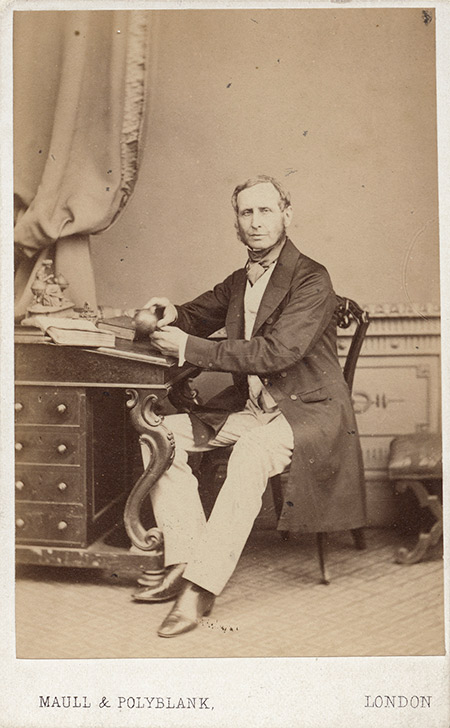
Robert FitzRoy was born into an aristocratic family. King Charles II was a direct descendant of his father. From 1768 until 1770, his grandfather, Augustus FitzRoy, 3rd Duke of Grafton, served as British Prime Minister. Viscount Castlereagh, a statesman, was his maternal uncle. FitzRoy’s mother was the 1st Marquess of Londonderry’s daughter. FitzRoy spent his boyhood at Wakefield Lodge in Northamptonshire, where the family had resided since 1809.
FitzRoy had two marriages. In 1836, he married Mary Henrietta O’Brien (b. 1812; d. April 5, 1852), daughter of Major General Edward James O’Brian, and their son was the future Vice Admiral Sir Robert O’Brian Fitzroy (b. April 2, 1839; d. May 7, 1896). He had a daughter called Laura Maria Elizabeth Fitzroy from his second wife, Maria Isabella Smyth (d. December 29, 1889), whom he married in 1854. (b. January 24, 1858; d. December 6, 1943).
Charles Darwin saw his temporary supervisor, traveling companion, and scientific partner to be an extraordinarily inconsistent individual. FitzRoy was often “noble,” yet he was also quickly irritated and short-tempered. Throughout his life, he was prone to depression. He was many times mocked for his weather predictions and felt disregarded by the Navy Department again in 1865, the aristocratic man became prey to his own fury and cut his neck with his razor in a fit of despair.
Royal Navy
FitzRoy attended the Royal Naval Academy in Portsmouth from February 1818 until his death. He signed up for a ship in 1819 and joined the Royal Navy the following year. He finished his training as a lieutenant on September 7, 1824, with the finest scores ever attained by an officer candidate. He joined the HMS Thetis shortly after his promotion. In 1828, he was sent to South America aboard the HMS Ganges, which was commanded by Admiral Sir Robert Waller Otway.
He was appointed by Otway at Rio de Janeiro as interim captain of HMS Beagle, which was following HMS Adventure on a surveying trip to Tierra del Fuego at the time, when the Beagle’s captain, Pringle Stokes, killed himself during the journey. FitzRoy led the Beagle safely back to Plymouth, where she docked on October 14, 1830. The youthful captain took four Tierra del Fuego native Fuegian people with him on the expedition, intending to convert them to Christianity and then send them back to their nation as missionaries.
His second voyage with HMS Beagle
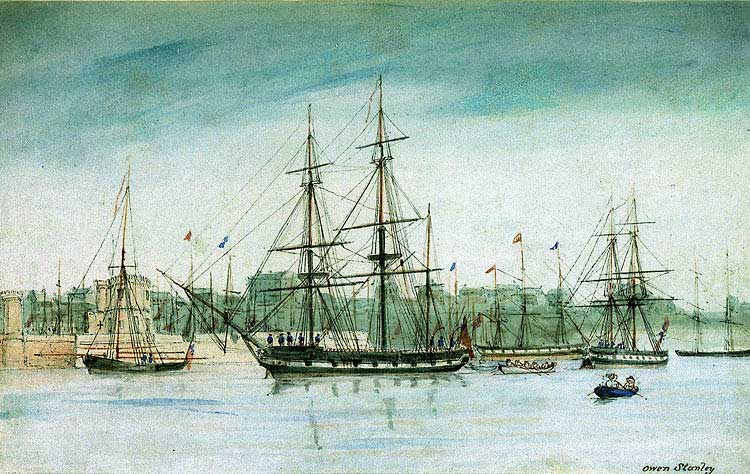
After failing as a Tory candidate for a seat in the House of Commons in the Ipswich district in May 1831, FitzRoy intended to fund his own trip to South America. However, thanks to the intervention of a benefactor in the Admiralty, he was granted command of HMS Beagle again on June 25, 1831. Before setting sail again from Devonport on December 27, 1831, FitzRoy had the ship extensively refurbished and rebuilt anew, partially at his own cost.

Along with the three surviving converted Fuegians, named Jemmy Button, York Minster, and Fuegia Basket, was the 22-year-old theologian and natural scientist Charles Darwin, who obtained new ideas from the trip which he eventually formed his crucial theory of evolution during the journey. FitzRoy had scoured the Admiralty and his friend Francis Beaufort for a civilian journey companion proficient in the natural sciences, a typical practice at the time for Navy-supported research and survey voyages. FitzRoy guided the HMS Beagle down the South American coast, across the Strait of Magellan into the Pacific Ocean, and to the Galapagos Islands, where Darwin made critical findings for his theory of evolution. The journey proceeded back to Falmouth via New Zealand, where it concluded on October 2, 1836.
FitzRoy had spent almost five years with Darwin, even sharing his cabin with him. Nonetheless, he eventually criticized Darwin’s views as heresies and openly rejected them, citing the Bible as justification. The journey resulted in three volumes. The first book is a detailed account of the journey, while the second included, among other things, the weather log, in which wind speeds were recorded for the first time using the Beaufort scale. The journey concluded with Darwin’s observations.
Governor of New Zealand
FitzRoy served as governor of New Zealand for two years, from 1843 to 1845. In 1850, he left the Navy for good to focus on his research.
Meteorologist
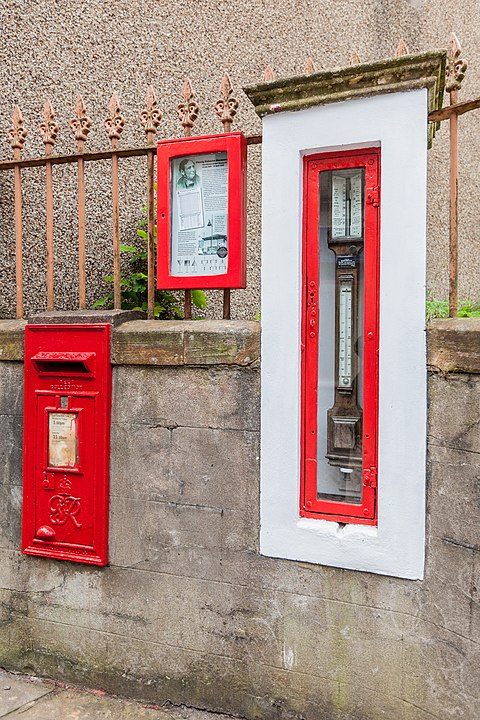
It was in 1854 that FitzRoy was named the Board of Trade’s first Meteorological Statist; this position would eventually evolve into the British Weather Service. Fitzroy is credited with bringing the barometer and storm glass to British sailors. After an unfortunate incident, he decided to issue rudimentary weather predictions and storm warnings in 1861, but he was often inaccurate and was widely mocked for it. Due to the limited reach of his telegraph system across the Atlantic, FitzRoy had little warning of impending storms. FitzRoy is often called the “first meteorologist,” and the phrase “forecasting the weather” is attributed to him. Due to his meritorious service, he was given the rank of Admiral.
Honors
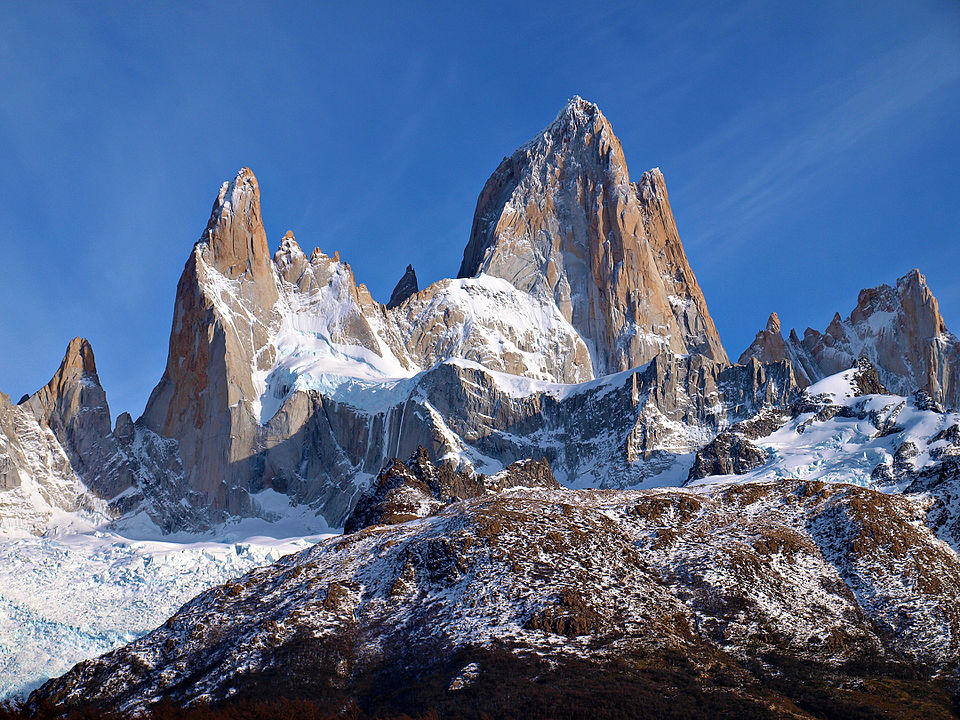
In 1837, the Royal Geographical Society honored Robert FitzRoy with its Gold Medal for his contributions to the scientific community. “Mount Fitz Roy”, a 11,175 feet (3,406-meter) peak on the Chilean-Argentinean border approximately 31 miles (50 kilometers) east of Torres del Paine National Park, was also named after him. In addition, he was honored by the naming of a connection (“Fitzroy Channel“) in Patagonia, between Seno Otway and Seno Skyring, close to Punta Arenas. The Patagonian Cypress, a large conifer of South America (130-200 ft or 40-60 m tall) named Fitzroya cupressoides in his honor.
Bibliography:
- “Narrative of the surveying voyages of His Majesty’s Ships Adventure and Beagle between the years 1826 and 1836, describing their examination of the southern shores of South America, and the Beagle’s circumnavigation of the globe.”
- “Proceedings Of The Second Expedition,” 1831-36. Henry Colburn, London 1839.
- “Appendix“. Henry Colburn, London 1839.
- “Remarks on New Zealand“. W. And H. White, London 1846.
- “Barometer Manual“. Board of Trade, 1860.
- “Notes On Meteorology“. Board Of Trade, 1859.
- “The Weather Book: A Manual Of Practical Meteorology“. Longman, Green, Longman, Roberts, & Green, London 1863.
- John R. Gribbin, Mary Gribbin: FitzRoy. The Remarkable Story of Darwin’s Captain and the Invention of the Weather Forecast. Yale University Press, 2004, ISBN 0-300-10361-1.
- Harold Edward Leslie Mellersh: FitzRoy of the Beagle. Hart-Davis, 1968, ISBN 0246974524.
- Paul Moon: Fitzroy: Governor in Crisis 1843-1845. David Ling Publishing Limited, 2000, ISBN 0908990707.


